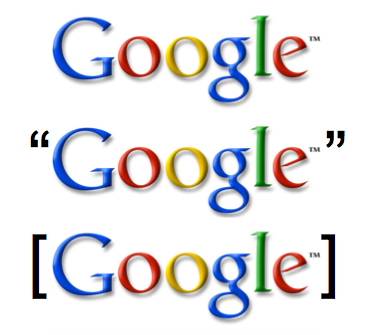
Okay Glass, pay for Tang.
Barcodes revolutionized commerce with their increased adoption in the early 1980s. Suddenly, accurately ringing up items in stores became much less dependent on the competence of the cashier. The shift from price tag to barcode meant that products simply needed a quick scan rather than a manual key-driven input. But before the barcode became affixed to virtually every product under the sun, how would you have proposed speeding up something like the supermarket checkout line?
Well, in 1961, the answer of the future was quite simple: voice recognition.
Voice recognition technology has been a promise of the future for decades. Countless sci-fi movies and futurist tracts assured the public that machines would soon understand us — or at least act semi-intelligently when given verbal instructions. But obviously it wasn't until recently that voice recognition started working in a way that the average person would deem acceptable. Today, Siri does her best to find us tomato soup delivery, and the magic of Google Glass lets me record video of my... (skydiving excursions?) without touching a button.
If you were reading the Sunday comics on August 27, 1961 you got a peek into this futuristic world of commerce, driven by engineer-perfected voice recognition. Arthur Radebaugh's "Closer Than We Think" illustrated how the supermarket checkout of the future would be made much more efficient with a microphone and "speech transcoder."
The supermarket cashier of the future would verbally input the items and their prices, and the machine would understand and tabulate them automatically:
Fascinating new areas of mechanics are opened up by the development of a typewriter which operates in response to the spoken word instead of to tapped keys.
The phonetic typewriter, an RCA invention, writes what it hears. This can lead to any number of startling applications. One may be a market tabulating machine run by the checker's voice — replacing the cash register with its banks of figure keys. The machine would print a tape showing each item and its price, then total the bill quicker than the checker could hand over the merchandise to the wrapping section. This phonetic checker would speed the checkout line to where it could become the fastest part of your visit to the market.
That "phonetic typewriter" struggled to prove itself technologically in any practical way. The methods for analyzing speech were far too primitive in the 1960s to render anything that would've worked in the wild.
But this kind of retail checkout system would be entirely possible today, given voice recognition's tremendous strides in the past decade. Retailers, however, seem to have another idea. The public's familiarity with barcodes has spurred the rise of a new kind of checkout experience that makes things much more efficient for the retailer, if perhaps more frustrating for consumers: the self-checkout.
Please put the Tang in the bagging area... Please put the Tang in the bagging area... Please...






 week
week
